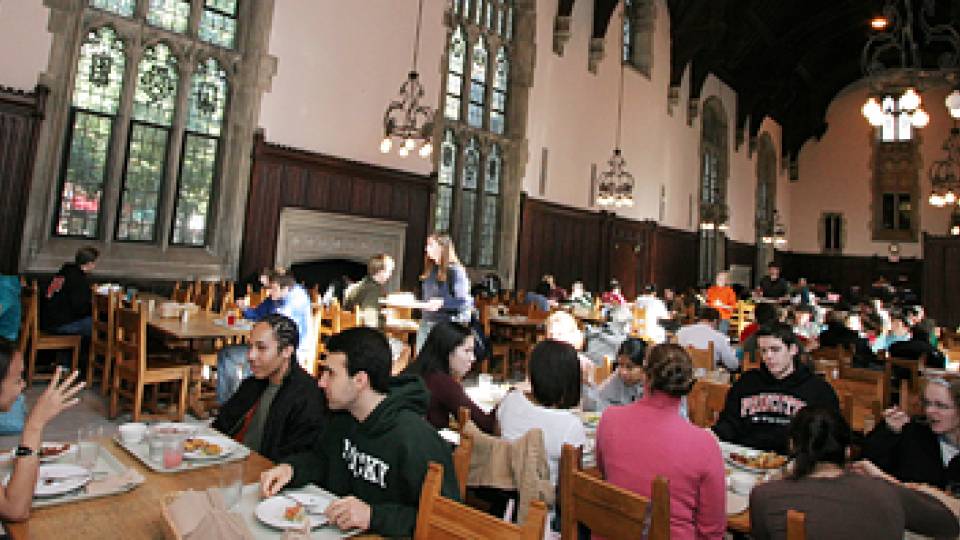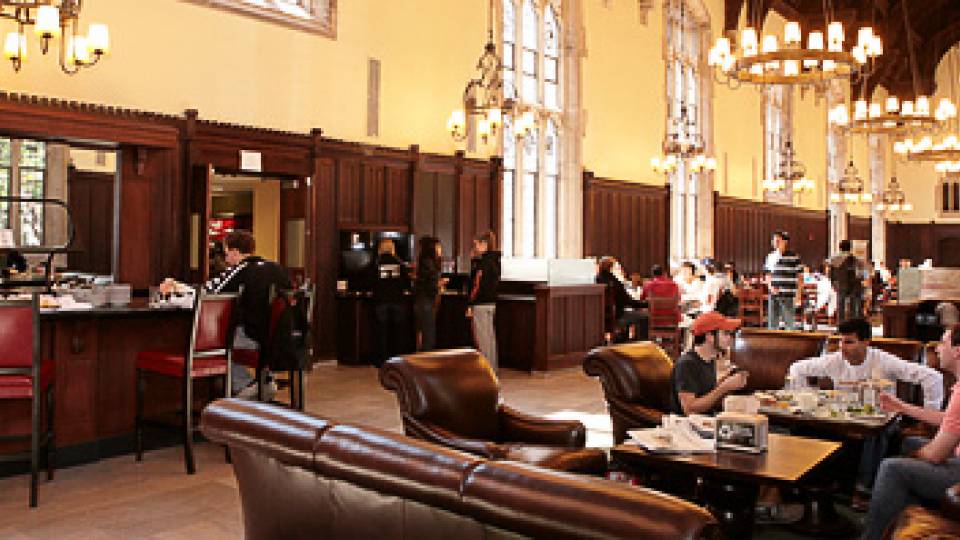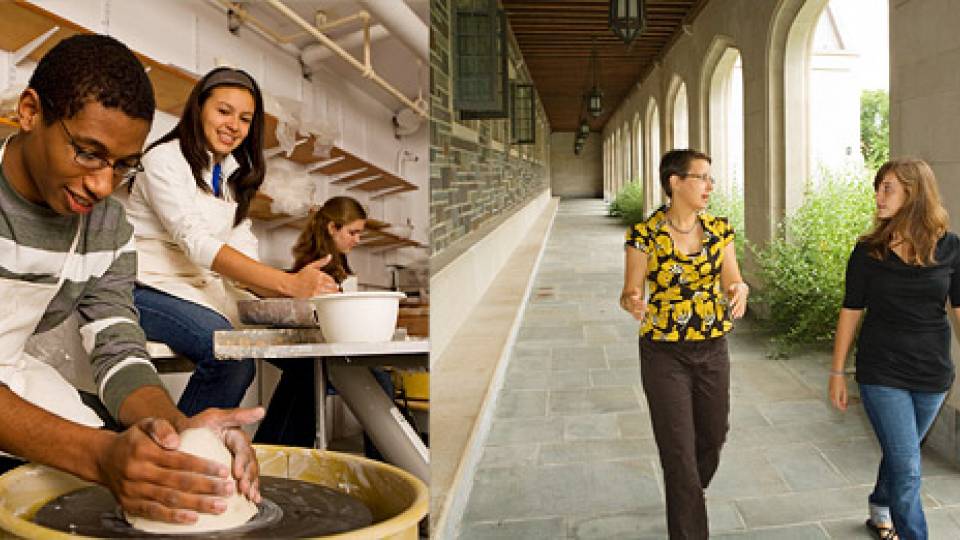the pending addition of 500 undergraduates to the student body, Princeton officials have re-evaluated the University’s 19-year-old residential college system and have decided to make some changes.
University trustees voted April 21 to revamp the system in order to house 300 juniors and seniors along with 2,625 freshmen and sophomores. They also decided on a site for a sixth residential college, which will be constructed south of Dillon Gymnasium.
Since 1982, Princeton’s five residential colleges have been composed predominantly of first- and second-year students. Most third- and fourth-year students live in dormitories that are not part of a residential college and take their meals either at eating clubs or make their own dining arrangements.
Last April, the trustees approved a measure to increase the student body by 10 percent, from 4,600 to 5,100. In order to accommodate the increase, administrators began working on plans for a sixth residential college.
A committee charged with making recommendations on the composition and program for the sixth college reviewed background information ranging from student surveys to data from other universities and presented an interim report for campus discussion. Its final report recommended to the trustees that a new residential life option for juniors and seniors should be offered because the current alternatives, while serving the needs of a majority of undergraduates, do not fit the needs of all. The committee included six administrators, five faculty members and five students and was chaired by Vice President and Secretary Thomas Wright.
“In summary, members of the committee are unanimously convinced that the need to plan accommodations for 500 additional undergraduates provides an opportunity to build on the existing strengths of Princeton’s residential life by adding a new option that will be welcomed by many students and that will enhance the opportunities available to all,” the committee’s report stated.
The trustees accepted the committee’s recommendations that the new college should house 400 freshmen and sophomores and 100 juniors and seniors. Two existing residential colleges will be renovated to accommodate the same number of students from the four classes. The remaining three colleges each will house 475 freshmen and sophomores.
One of the guiding principles for the committee in developing its report was to protect the value of existing residential life opportunities for all undergraduates.
For example, the committee noted that because the number (250) of juniors and seniors that will be added by the increase in class size is nearly equal to the number of additional juniors and seniors that can be accommodated in the new residential college, the number of those students available to become members of eating clubs will stay the same as it is today.
By creating a new option for juniors and seniors, the committee believes these students will benefit from a variety of opportunities already offered in the residential colleges, such as advising and career-related programs, arts and cultural offerings, and topical studies and informal engagements with faculty.
The committee also sought to enhance the experience of undergraduates currently in the residential colleges. Its report noted that one of the most common regrets cited by undergraduates at Princeton is the division the current system creates between students in their first two years and those in their last two years.
“Possibilities are now limited for friendship, mentoring and learning between relatively more experienced students and less experienced students...,” the report stated.
With half of the residential colleges being two-year and half four-year, the committee broached the idea of pairing up the two different types. “... the experiences and advantages of the presence of third- and fourth-year undergraduates could be extended at least in some degree to all first- and second-year undergraduates,” the committee said in its report.
The committee also is hoping the University will create opportunities for as many as 10 graduate students to become residents of each college to serve as mentors for the undergraduates.
Now that the trustees have endorsed the report and chosen the site, Wright said that new committees of faculty, staff and students will be created to help implement the plans for the sixth college.
“A planning process is now under way to choose an architect and designs for the new college,” Wright said. “The goal is to have an architect chosen early in the fall.”
While the basic location has been selected, the architect will have some latitude in determining the exact footprint of the building, he said. A key objective is for the design to incorporate some large open spaces. “Studies that have been done to date show that a college of the size required can be put in that area and still keep very large open spaces,” Wright said.
If all goes according to plan, the first group of students would enter the new college in the fall of 2005, he said.
Contact: Marilyn Marks (609) 258-3601


